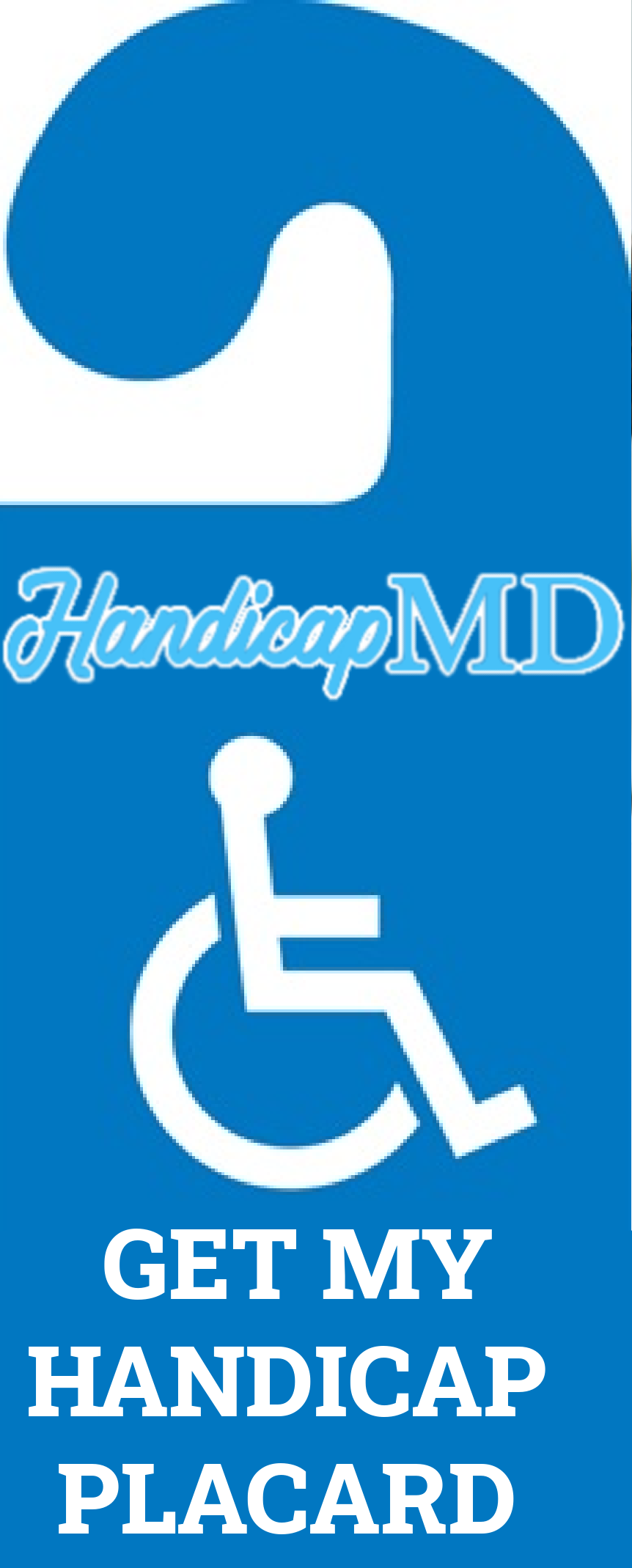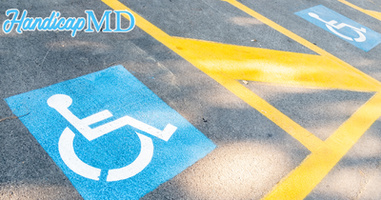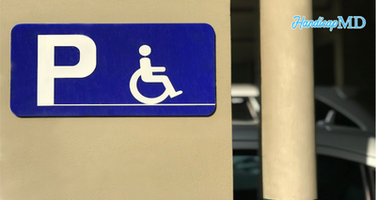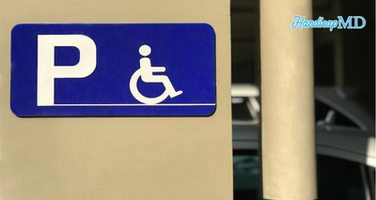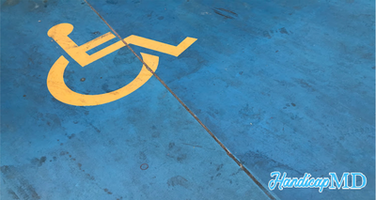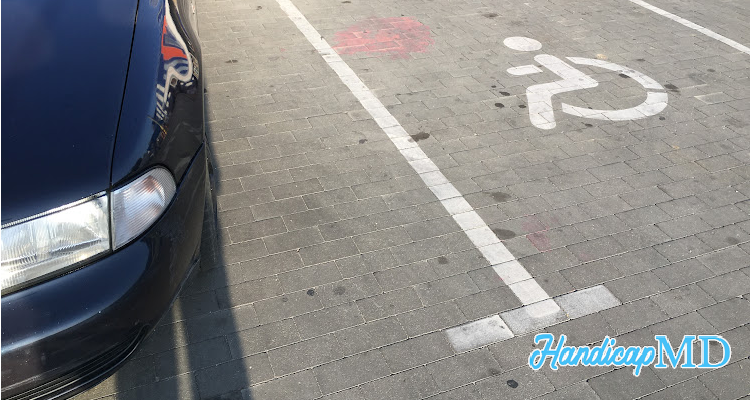
Tips for Displaying Your Handicap Placard Correctly in Delaware
Ensuring that your handicap placard is correctly displayed in Delaware is not just about following rules; it's about ensuring accessibility and convenience for individuals with disabilities. In DE, like in many other states, there are specific guidelines you must adhere to when displaying your disability tag. Understanding these guidelines is crucial to avoid fines and ensure that designated parking spots are available to those who truly need them.
Understanding Disabled Placards
What is a handicap placard?
A handicap placard, also known as a disabled parking permit or disability tag, is a special identification card that allows individuals with disabilities to park in designated accessible parking spaces.
Who qualifies for a disability permit?
Qualification for a Delaware handicap placard varies from state to state but generally includes individuals with mobility impairments, vision problems, or certain medical conditions that substantially limit their ability to walk.
Tips for Displaying Your Disabled Permit Correctly
Proper Placement on the Vehicle: Ensure that your disability tag is placed prominently on the vehicle's rearview mirror or another visible location as specified by DE law. This allows law enforcement and parking officials to easily identify the tag and validate its legitimacy.
Use of Additional Identification: Consider displaying additional identification, such as a disability placard or license plate, alongside your disability tag. This further validates your eligibility for disabled parking and reduces the risk of misuse or misunderstanding.
Keeping the Tag Visible: Avoid obstructing the disability tag with any objects inside the vehicle, such as sun visors or parking permits. Keeping the tag clearly visible at all times helps prevent misunderstandings and ensures smooth access to designated parking spaces.
Addressing Common Mistakes
Despite the importance of correctly displaying disability tags, some common mistakes can inadvertently lead to non-compliance with DE laws.
Obstructing the Tag: Any obstruction of the disability tag, whether intentional or unintentional, can hinder visibility and lead to misunderstandings. Ensure that nothing blocks the tag when parked or in transit.
Using an Expired Tag: Regularly check the expiration date on your disability tag and renew it promptly to avoid using an expired tag. Using an expired tag may result in fines or penalties and could deprive others with disabilities of much-needed parking spaces.
Securing the Tag
To prevent theft or damage, it's important to securely attach the disability tag to the vehicle. This can be done using specialized holders or clips designed for this purpose. By taking precautions to secure the tag, vehicle owners can avoid the inconvenience of having to replace it due to loss or theft.
Decorative and Customized Tags
While some individuals may choose to personalize their disability tags with decorative elements or custom designs, it's important to ensure that these modifications comply with Delaware's regulations. Customized tags should still be clearly identifiable as disability tags and should not obscure any essential information.
Replacing Lost or Damaged Tags
In the event that a disability tag is lost or damaged, it's crucial to take prompt action to replace it. DE provides procedures for obtaining a replacement tag, and failing to do so could result in fines or other consequences. Vehicle owners should familiarize themselves with these procedures to avoid any disruptions to their accessibility privileges.
Advocacy and Awareness
Beyond individual compliance, advocating for understanding and respect for disability tags is essential. Promote awareness of the challenges faced by individuals with disabilities and support initiatives aimed at improving accessibility in public spaces.
Unique FAQs
Can I use my disability tag in other states?
- While disability tags are generally recognized across state lines, it's essential to familiarize yourself with the specific laws and regulations of each state you visit to ensure compliance.
What should I do if my disability tag is lost or stolen?
- In the event of a lost or stolen disability tag, contact the Delaware Division of Motor Vehicles (DMV) immediately to report the issue and request a replacement.
Are there any restrictions on who can use a disability tag?
- Disability tags are issued based on individual eligibility criteria and should only be used by the person to whom they are issued or someone transporting the individual with the disability.
Can I lend my disability tag to someone else?
- No, disability tags are non-transferable and should only be used by the individual to whom they are issued. Lending your tag to someone else is against the law and can result in penalties.
What if I have a temporary disability?
- Individuals with temporary disabilities may be eligible for temporary disability tags. Contact the DE DMV for more information on obtaining a temporary tag based on your specific circumstances.
Conclusion
Correctly displaying your handicap placard in Delaware is not just a legal obligation; it's a fundamental step towards ensuring equal access and opportunities for individuals with disabilities. By following these tips and staying informed about relevant laws and regulations, you can contribute to a more inclusive and accessible society.
.png)
